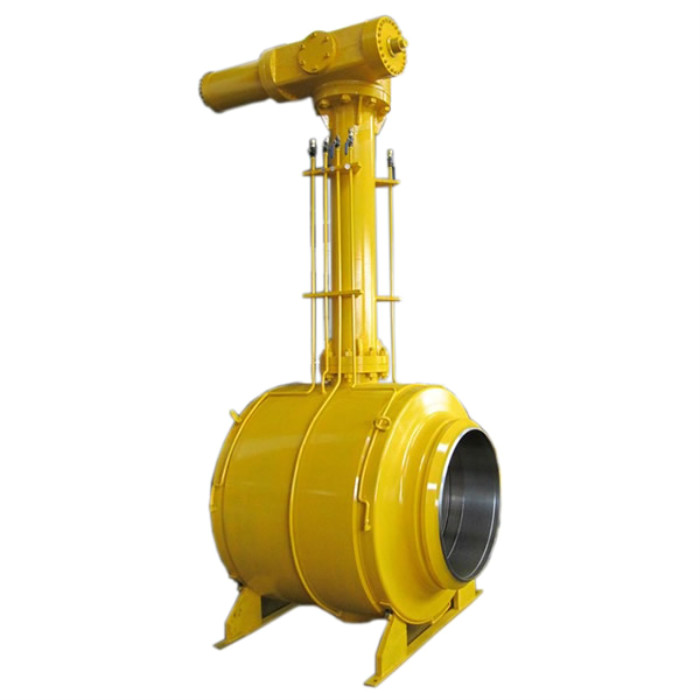What are the advantages and disadvantages of the ball valve?

What is a ball valve?
The ball valve is evolved from a plug valve. Its opening and closing member is a ball that is opened and closed by rotating the ball 90° around the axis of the valve stem. The ball valve is mainly used to cut, distribute and change the flow direction of the medium on the pipeline. The ball valve designed as a V-shaped opening also has a good flow regulation function.
Advantage:
1 has the lowest flow resistance (actually 0);
2 It can be reliably applied to corrosive media and low boiling liquids because it will not get stuck during work (in the absence of lubricant);
3 It can achieve complete sealing within a large pressure and temperature range;
4 It can achieve fast opening and closing. The opening and closing time of particular types is only 0.05~0.1s, to ensure that it can be used in the automation system. When the valve is quickly opened and closed, the operation has no impact;
5 Spherical closures can be automatically positioned at the boundary position;
6 working medium is sealed reliably on both sides;
7 When fully open and fully closed, the sealing surface of the ball and the valve seat is isolated from the medium, so the medium passing through the valve at high speed does not cause erosion of the sealing surface;
8 Compactness and light weight. It can be considered as the most reasonable valve structure for low temperature media systems;
9 Symmetrical valve body structure, especially in case of the welded valve body structure, it can well withstand the stress from the pipeline;
10 closing parts can withstand the high pressure difference when closing. 11 The ball valve of the fully welded valve body can be buried directly in the ground, so that the valve internals are not eroded, and the maximum service life can reach 30 years. It is the most ideal valve for oil and natural gas pipelines.
Disadvantages:
1 Because the most important seat and seal material of the ball valve is PTFE, it is inert to almost all chemicals, and has a small friction coefficient, stable performance, not easy to age, wide temperature range and excellent sealing performance. Comprehensive characteristics. However, the physical properties of Teflon, including higher coefficient of expansion, sensitivity to cold flow, and poor thermal conductivity, require that the design of the seat seal must make compromise with these characteristics. Therefore, when the sealing material is hardened, the reliability of the sealing is broken. Moreover, PTFE has a low temperature resistance and can only be used at less than 180 °C. Above this temperature, the sealing material will age. In the case of long-term use, it is generally not used at 120 °C.
2 Its adjustment performance is worse than the shut-off valve, especially the pneumatic valve (or electric valve).